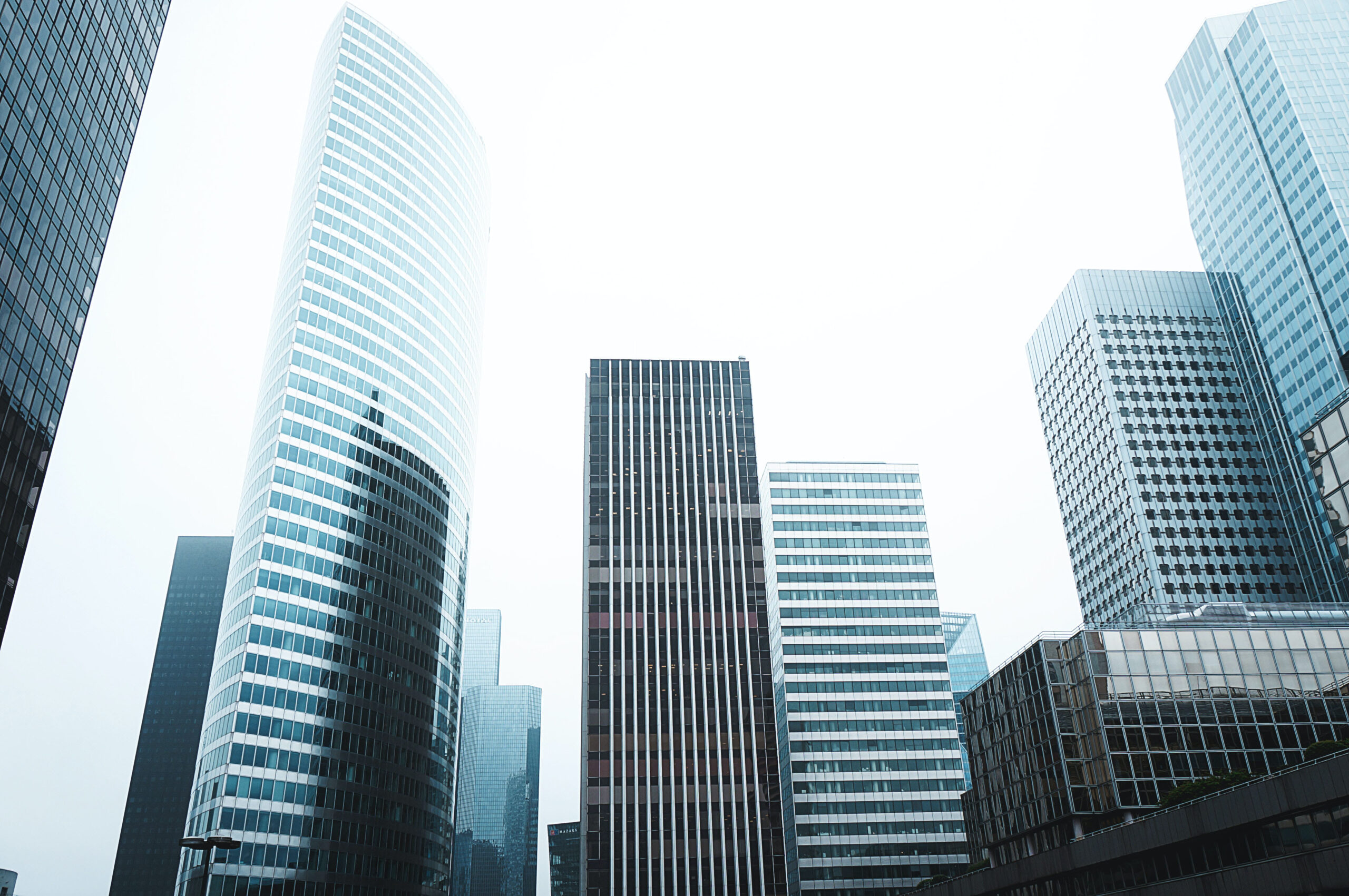Smoke Ventilation

At L&P we coordinate and produce a large variety of smoke ventilation system designs. Smoke ventilation systems are used in many different scenarios and are essential to remove heat and smoke from certain areas of a building to ensure the safety and well-being of occupants in the event of a fire. They help in maintaining a clear escape path for people to exit a building safely, and often enable a safer environment for the fire brigade to fight the fires from. There are mainly two types of smoke systems commonly employed in buildings: smoke control systems and smoke exhaust systems. Smoke control systems utilise mechanical ventilation to manipulate the flow of smoke within the building, while smoke exhaust systems expel smoke to the outside, preventing it from spreading to other areas. Both these systems work in conjunction with fire detection and suppression systems, forming an integrated approach to fire safety in modern buildings. Some specific examples include, lift lobby smoke extract or pressurisation, carpark smoke extract and / or control, and plantroom and basement smoke extract.
Following the tragic disaster at Grenfell Tower, London, in 2017, the fire and smoke regulations are more stringent and detailed than ever. This has motivated the industry to improve the smoke systems technology and materials, update regulations and guidance, and utilise more thorough approval processes. More advanced fire detection technologies have been incorporated, allowing for quicker and more accurate identification of fire incidents. Automation and remote monitoring capabilities have been improved to enable real-time tracking of a smoke ventilation system’s performance and facilitate timely maintenance or response if issues arise.
We aim to coordinate the designs with the project fire consultant as early as possible and liaise with an array of smoke ventilation system specialists to gain the most up to date advice, seek the latest regulations and utilise the most appropriate technologies. This is essential to ensure that what is being designed is acceptable for each project.